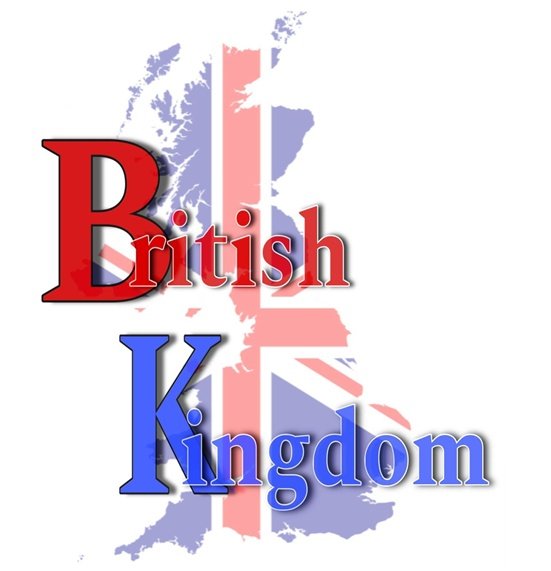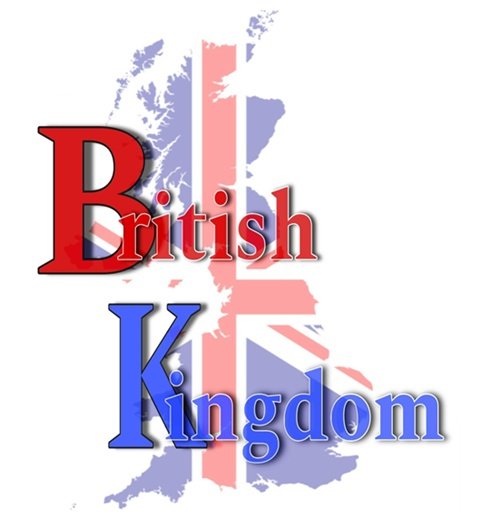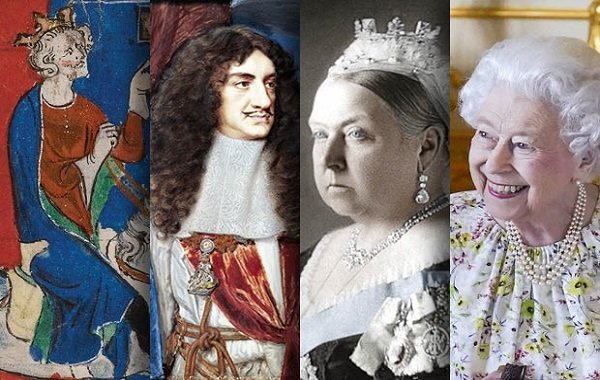The British monarchy is one of the oldest and most influential institutions in the world. Spanning over a thousand years, it has played a pivotal role in shaping British history, politics, and culture. From the early Anglo-Saxon rulers to the modern constitutional monarchy, the evolution of the British crown is a fascinating tale of power, tradition, and reform.
Early Origins: The Anglo-Saxon and Norman Kings
The origins of the British monarchy can be traced back to the early medieval period. The Anglo-Saxon kings ruled England from the 9th century until 1066. One of the most notable figures was King Alfred the Great, who defended England against Viking invasions and laid the foundations of a united kingdom.
In 1066, William the Conqueror, the Duke of Normandy, invaded England and defeated King Harold II at the Battle of Hastings. This marked the beginning of Norman rule, with William I (William the Conqueror) establishing a feudal system that significantly shaped English governance.
The Plantagenets and the Growth of Royal Power
The Plantagenet dynasty (1154–1485) saw the British monarchy reach new heights. Kings like Henry II expanded the judicial system, while King John’s reign led to the signing of the Magna Carta in 1215, a landmark document that limited royal authority and laid the groundwork for constitutional governance.
The Hundred Years’ War (1337–1453) and the Wars of the Roses (1455–1487) defined this era, with rival factions vying for the throne. The conflict ended with the rise of the Tudor dynasty under Henry VII.
The Tudors and the Formation of a Strong Monarchy
The Tudor period (1485–1603) saw the British monarchy strengthen its control. Henry VIII’s break from the Catholic Church and the establishment of the Church of England in 1534 reshaped religious and political structures.
Elizabeth I, the last Tudor monarch, presided over the Elizabethan Golden Age, defeating the Spanish Armada in 1588 and overseeing a flourishing of the arts and exploration.
The Stuarts and the English Civil War
The Stuart dynasty (1603–1714) faced significant challenges. James I and his son Charles I clashed with Parliament over royal authority, leading to the English Civil War (1642–1651). The war resulted in the execution of Charles I and the establishment of the Commonwealth under Oliver Cromwell.
The monarchy was restored in 1660 under Charles II, but tensions between the crown and Parliament continued. The Glorious Revolution of 1688 saw the deposition of James II and the installation of William III and Mary II as co-monarchs, solidifying parliamentary supremacy.
The Modern Constitutional Monarchy
The 18th and 19th centuries saw the monarchy transition into a constitutional role. Queen Victoria’s reign (1837–1901) marked a period of imperial expansion and industrial growth.
In the 20th and 21st centuries, the monarchy adapted to changing times. Queen Elizabeth II (1952–2022) became the longest-serving monarch, modernizing the institution while maintaining its traditions. Today, King Charles III continues this legacy in a world where the monarchy plays a largely ceremonial role.
Conclusion
The history of the British monarchy is a testament to its resilience and adaptability. From medieval conquests to modern constitutional governance, the monarchy remains a symbol of continuity and heritage in the United Kingdom.




